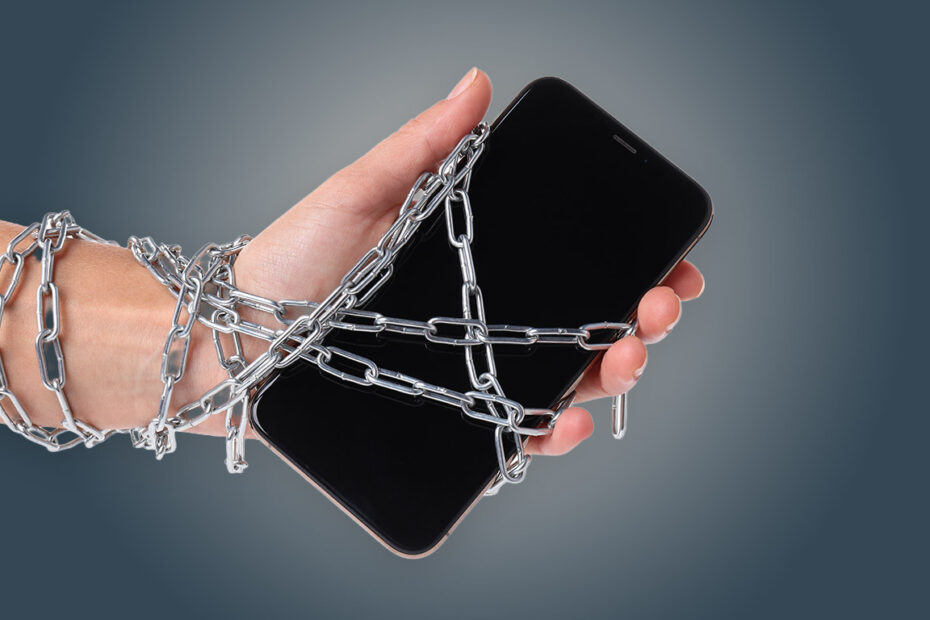iPhones hold their value well, which unfortunately makes them a common target for thieves. But Apple has steadily built up a range of protections to help keep your personal data safe and make stolen devices less attractive. Whether you’re hoping to prevent theft or simply minimize the damage if the worst happens, these tips can help you theft-proof your iPhone.
Passcodes
Start by setting a strong passcode. It may sound basic, but many people still rely on short or easily guessed codes that offer little real security. Avoid using birth years, repeating numbers, or anything predictable – and enable Face ID or Touch ID so you’re not constantly punching it in.
Theft protection
Enabling Stolen Device Protection in Settings > Face ID & Passcode adds another layer of safety. This feature requires biometric authentication for sensitive actions like changing your Apple ID password or turning off Find My. In unfamiliar locations, it can (optionally) add a delay to any attempt to change security settings, giving you time to intervene if someone has gained access to your passcode.
Find My
Another essential tool. With Find My enabled, you can track a missing iPhone from another device or via iCloud.com, mark it as lost, display a custom message on screen, or even erase it remotely if needed. Make sure you’re familiar with how to use the Find My app in case of emergency – and if for some reason the setting is disabled, you can turn it on from Settings > Apple Account > Find My > Find My iPhone.
Activation Lock
This feature – automatically turned on when you enable Find My – links your iPhone to your Apple ID. This means even if someone wipes your phone, they won’t be able to reactivate it without your credentials. It essentially renders the device useless to anyone but you. Even if a stolen iPhone is taken apart, key components like the logic board or Face ID sensor won’t work properly in another device without your Apple ID. It’s a clever way to make the black-market trade in stolen iPhones even less appealing.
Back it up
You should also make a habit of backing up your device regularly, either to iCloud or a computer. That way, if your phone is lost or stolen, you won’t lose irreplaceable data like photos or messages. And if you ever need to wipe your device remotely, you can do so with confidence that your stuff is safe elsewhere.
Authentication
Don’t forget about your Apple ID. It’s the key to your digital life and controls access to iCloud, App Store purchases, and more. Use a strong, unique password, and set up two-factor authentication so nobody can break in without also having access to one of your trusted devices. This step alone can stop a thief from causing long-term damage.
If the worst happens
If your iPhone ever is stolen, report it to the police and your network provider as soon as possible. You’ll need your serial number, so it’s a good idea to make a note of it in advance. You can find it under Settings > General > About.
Avoiding stolen goods
Finally, a quick word for those buying a second-hand iPhone. It’s a smart way to save money, but you need to be cautious. Ask the seller to show that the device isn’t locked to an Apple ID, and if possible, meet in person to check the Settings app for yourself. You can also ask for the IMEI number and use a site like imeipro.info to check if the device has been reported lost or stolen.
To avoid the risk entirely, consider buying a certified refurbished iPhone from Apple or another reputable retailer – it’ll cost a little more, but you’ll get peace of mind and often a limited warranty too.

